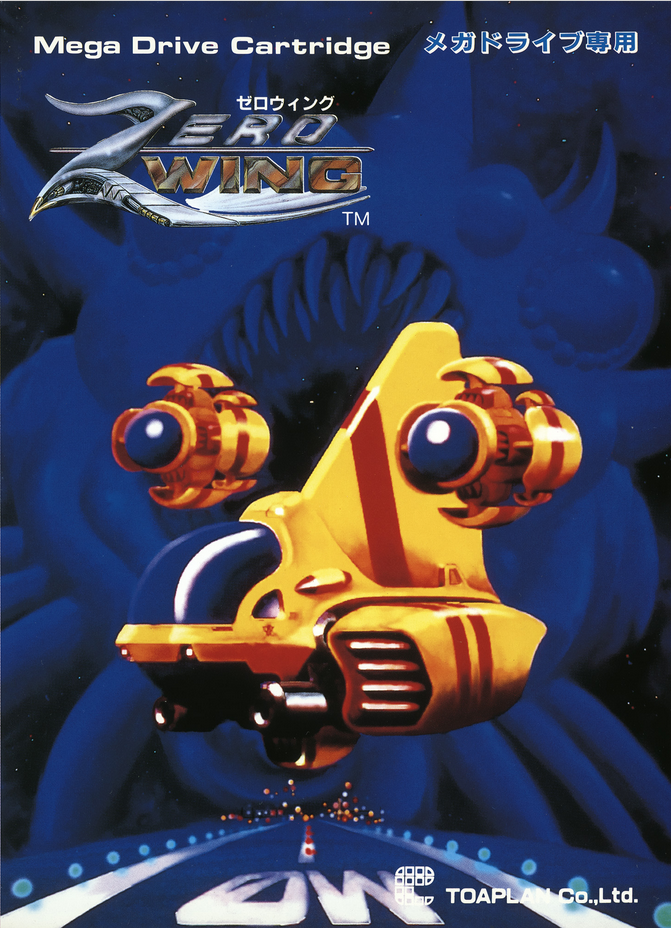
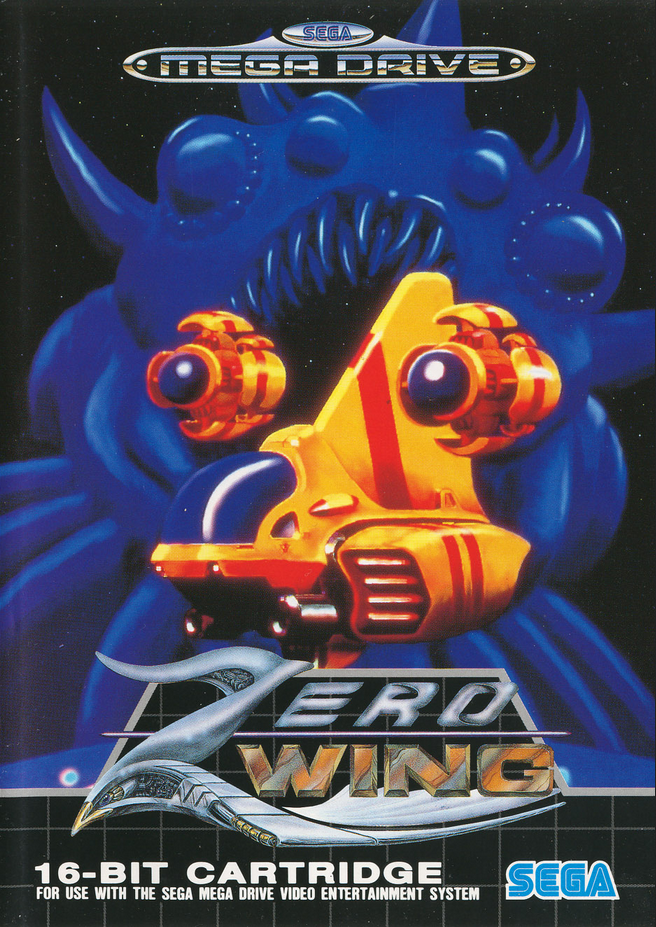
PUBLISHER: Toaplan (JP), Sega (EU)
DEVELOPER: Toaplan
RELEASE DATE: 05/31/91 – (JP), 07/1992 (EU)
What Happen?
An epiphany arose while playing Zero Wing that will change how I play and review most games moving forward. Something so crushingly obvious, yet so crucial, I’m disappointed it’s taken me this long to recognize it. The more time you devote to a game, the more you may appreciate it. This revelation specifically applies to games in the 8 and 16-bit era.
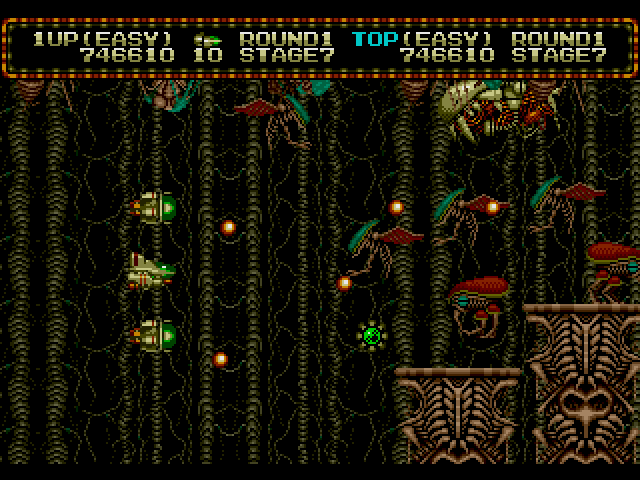
Remember receiving one Genesis/NES/SNES game for Christmas and that one game had to last until your birthday several months later? We all do. Most of us also remember playing said game for months on end, simply because we had nothing else to play. Whether we beat the game multiple times or we slowly chipped away at it, our parents absolutely got their money’s worth.
Repetition with our meager game libraries produced severe boredom within us over time, but I’d argue it also enriched our overall experiences with these games. We didn’t just play our games. They became a part of us. Aaah! Real Monsters is a 16-bit platformer with terrible controls and awkward hit detection, but I played the crap out of it and I got really good at it. Does playing Aaah! Real Monsters a ridiculous amount make it a better game? No, but it allowed me to see both the game’s positives and negatives more clearly than I could if I had only played thirty minutes.
So, Zero Wing. After eight levels, I defeated the demonic space train and chuckled at the dancing raisin chorus line on the ending screen. I was disappointed. Even with tight controls and excellent handling, the lifeless level design, sub-par graphics and slow-paced shooting don’t compare to Toaplan’s best, Truxton and Hellfire.
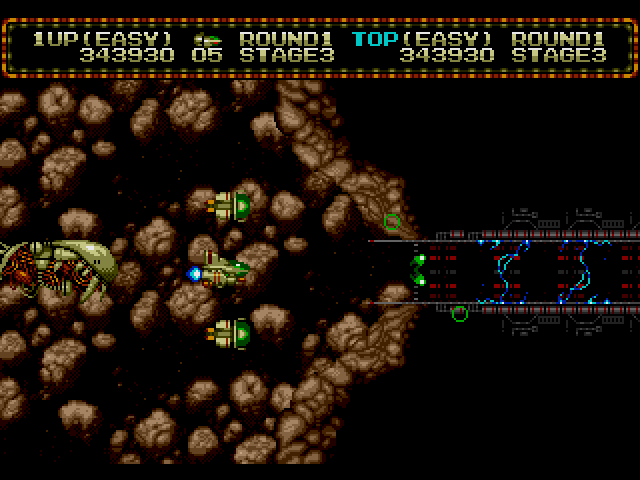
Most of the time, when I finish a game, I turn it off immediately. Whether I’m playing the game for a review or my own personal enjoyment, once it’s finished, I’m done. However, after the dancing raisins took a bow, Zero Wing began again right away. Without thinking, I continued playing, and I found myself enjoying it more. Perhaps familiarity with the levels endeared me more the second time around. Perhaps I just felt more comfortable with my spacecraft after eight levels of shooting miscellaneous space crap. Either way, Zero Wing got better after my initial playthrough. Not great, mind you, but better.

For Great Justice
Zero Wing isn’t quite shooter-by-numbers like Fire Mustang, but regardless of what playthrough you’re on, the game absolutely fails to live up to its stupendous opening cutscene. The mistranslations are almost breathtaking. I’m not surprised that “all your base are belong to us” and “somebody set up us the bomb” are memes that endure. My personal favorite, however, might be the captain yelling, “What you say!”
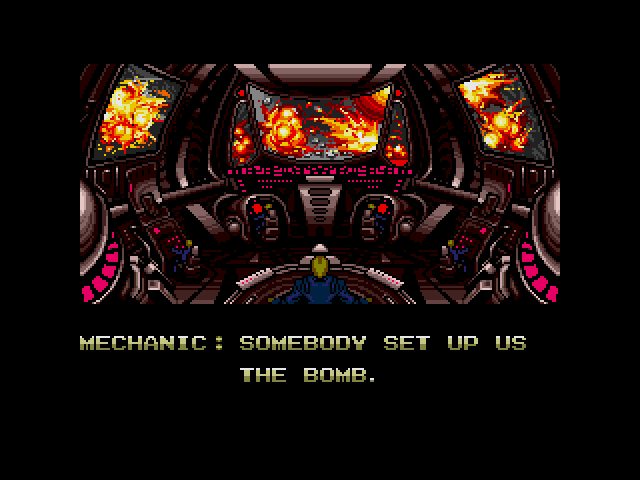
Besides the legendary opening, what separates Zero Wing from the ever-increasing pack of Genesis/Mega Drive shoot-em-ups are a couple of gimmicks. Your ship has a tractor beam device that allows you to suck up small enemy ships and spit them back out at other creatures. The beam is neat, but only useful in a couple of boss fights towards the end of the game.
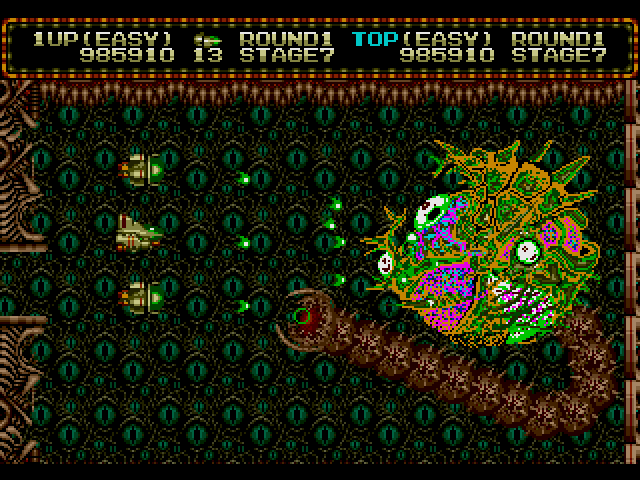
Zero Wing also revels in putting your ship in tight spaces. This reminded me of R-Type, and while hearkening back to one of the GOATs is welcomed and appreciated, tight spaces get old fast. After weaving slowly through my third or fourth claustrophobic space station, I longed for a giant nuclear crab to snap through and liven up proceedings. One exception: in Barricade Zone, parasites gnaw through parts of the structure and make pathways for you while you fly through it. Creative and terrifying.

I played through the game on Easy, despite Normal and Hard being available. I chose Easy because Toaplan games are notoriously difficult, so I assumed Easy might be more like Normal. Nope, Easy is actually really Easy. I then started the game on Normal and honestly didn’t notice much of a difference. I absolutely did not try the game on Hard because I wasn’t about to set myself up the bomb.

Make Your Time
Even after a slightly more enjoyable additional playthrough, Zero Wing still leaves a lot to be desired. The graphics are a muddy mess of browns, greens, and blues. The levels recycle the same old caves and space stations we’ve seen in a million other shoot-em-ups. Worse yet, the game never feels like it gains momentum, even in the 60 FPS Japanese version (the 50 FPS PAL version is even worse).
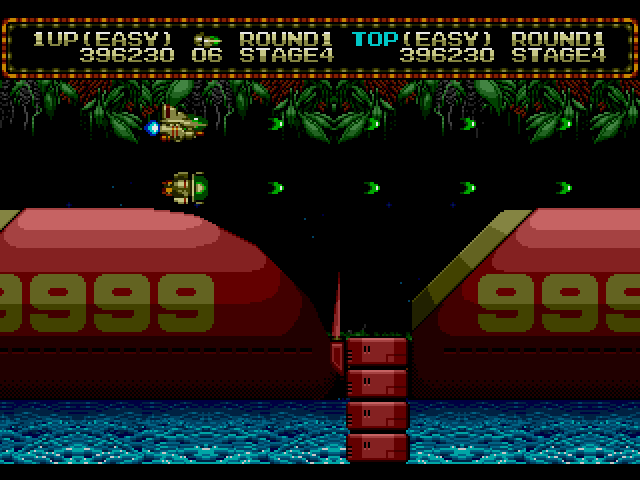
Nevertheless, my second outing with Zero Wing taught me that I can’t just speed through old games and expect to fully appreciate them. Older games were intended to be played repeatedly, either due to their insane difficulty, to get a higher score, or as previously mentioned, our own lack of alternative options as kids. They do not fit into our current model of “Play, Consume, Repeat” where many gamers play as many games as they can, as quickly as possible. By slowing down and giving more consideration and intent to these older Sega games, I hope to better understand them and provide a clearer picture of the game’s overall value.
Perhaps then I will not be on the way to destruction.
LESSON LEARNED: A
ZERO WING THE FIRST TIME: C
ZERO WING, AGAIN: B-
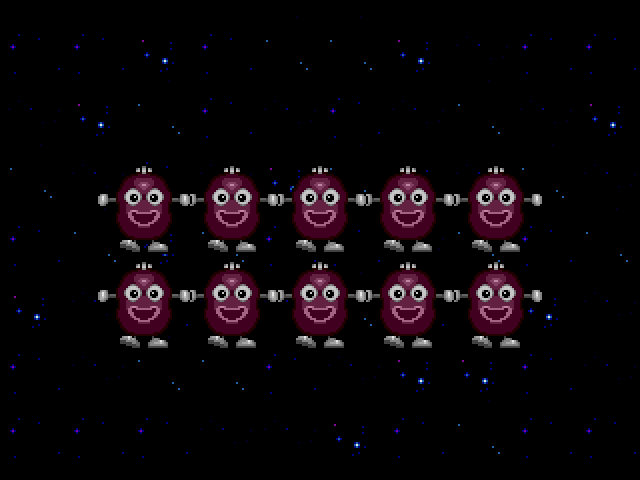

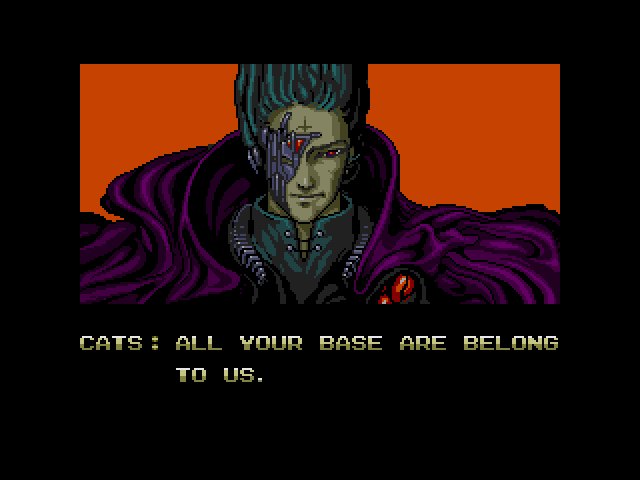
5 replies on “Zero Wing (Mega Drive, 1991)”
I think Retrobit did a reprint of this (along with other Toaplan games) that included a new translation for all the endings among other enhancements. Thought about getting it for the meme appeal but the game itself wasn’t interesting enough. The capture mechanic is interesting, but that’s about it.
Retrobit did indeed release a reprint of this, along with Toaplan’s other titles.
One of your best posts. Funny and poignant. Yes, I too know this game only because of the meme. 20+ years ago as a college student I tracked it down and played it via emulation solely due to the mistranslations and found it lackluster. I never got to the dancing raisins, alas. Maybe I should give it another go if I get signal, but in truth I have little desire to move all “Zig” for great justice.
I did have many objectively mediocre-to-bad games I played over and over and started to like due to them being the only ones I had, or the only ones available to rent. Master Chu and the Drunkard Hu comes to mind as one I figured out JUST BECAUSE IT WAS THERE.
Zero Wing isn’t really worth playing now, I’d argue, unless you love shoot-em-ups. However, the opening cutscene is timeless and should be viewed at least once a year. Good medicine.
Master Chu is definitely a good example of a game I could see a kid getting into, given enough time and lack of options. One of Sachen’s better NES games, actually, although that’s not saying a whole lot.
Also, I appreciate the compliment Alex! Really means a lot!